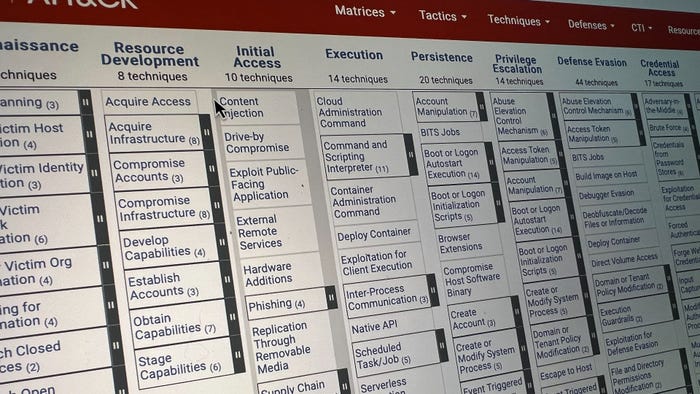DHS, FBI & DoD Report on New North Korean MalwareDHS, FBI & DoD Report on New North Korean Malware
Three new reports detail malware coming out of the Hidden Cobra cyber operations in North Korea.

The Cybersecurity and Infrastructure Security Agency (CISA), the Federal Bureau of Investigation (FBI), and the Department of Defense have released a trio of malware reports with details of malware and campaigns linked to North Korea. The three bring the number of reports on North Korean malware to 11 in the first few months of 2020.
The new reports offer intelligence on three different pieces of malware launched by Hidden Cobra, the name given by CISA and the FBI to North Korea's overall cyber-threat activities. The first, dubbed CopperHedge, is a variant of the Manuscrypt family of remote access trojans (RATs). According to CISA, The Manuscrypt family of malware is used by advanced persistent threat cyber actors to target cryptocurrency exchanges. Manuscrypt is a full-featured RAT capable of running arbitrary commands, performing system reconnaissance, and exfiltrating data. So far, six distinct variants of Manuscrypt have been identified.
Next, TaintedScribe is a beaconing and command package that is intended to infect a target machine, gain persistence, and then download multiple functional modules to use the now-infected computer for any number of malicious purposes. Both TaintedScribe and the next piece of malware use "FakeTLS" techniques to obfuscate their network identities and activities.
The third piece of malware, PebbleDash, is another beaconing and command package, this time presenting itself as a downloadable linked library (DLL) rather than as an application. As with TaintedScribe, once PebbleDash has infected the target machine and gained persistence, it connects with a command server and either downloads a module with additional functionality or awaits further instruction.
For more, read here.

A listing of free products and services compiled for Dark Reading by Omdia analysts to help meet the challenges of COVID-19.
About the Author
You May Also Like
Uncovering Threats to Your Mainframe & How to Keep Host Access Secure
Feb 13, 2025Securing the Remote Workforce
Feb 20, 2025Emerging Technologies and Their Impact on CISO Strategies
Feb 25, 2025How CISOs Navigate the Regulatory and Compliance Maze
Feb 26, 2025Where Does Outsourcing Make Sense for Your Organization?
Feb 27, 2025




